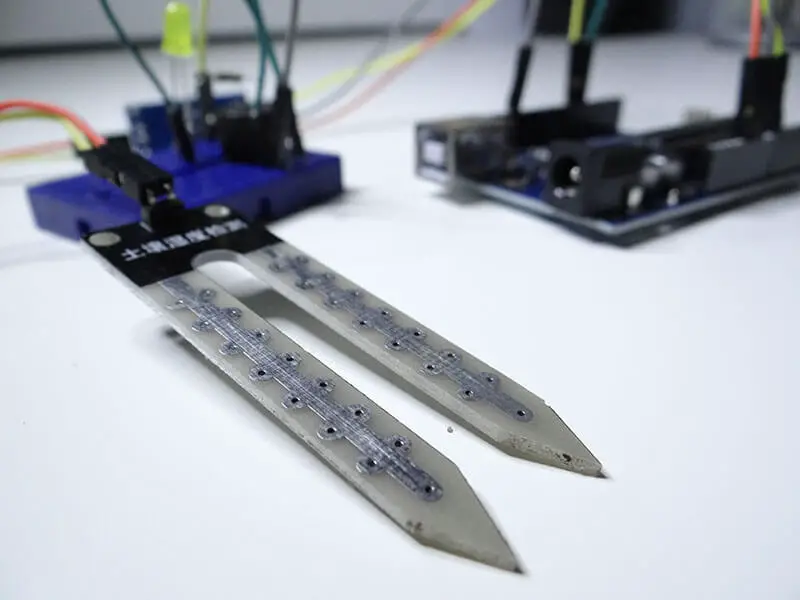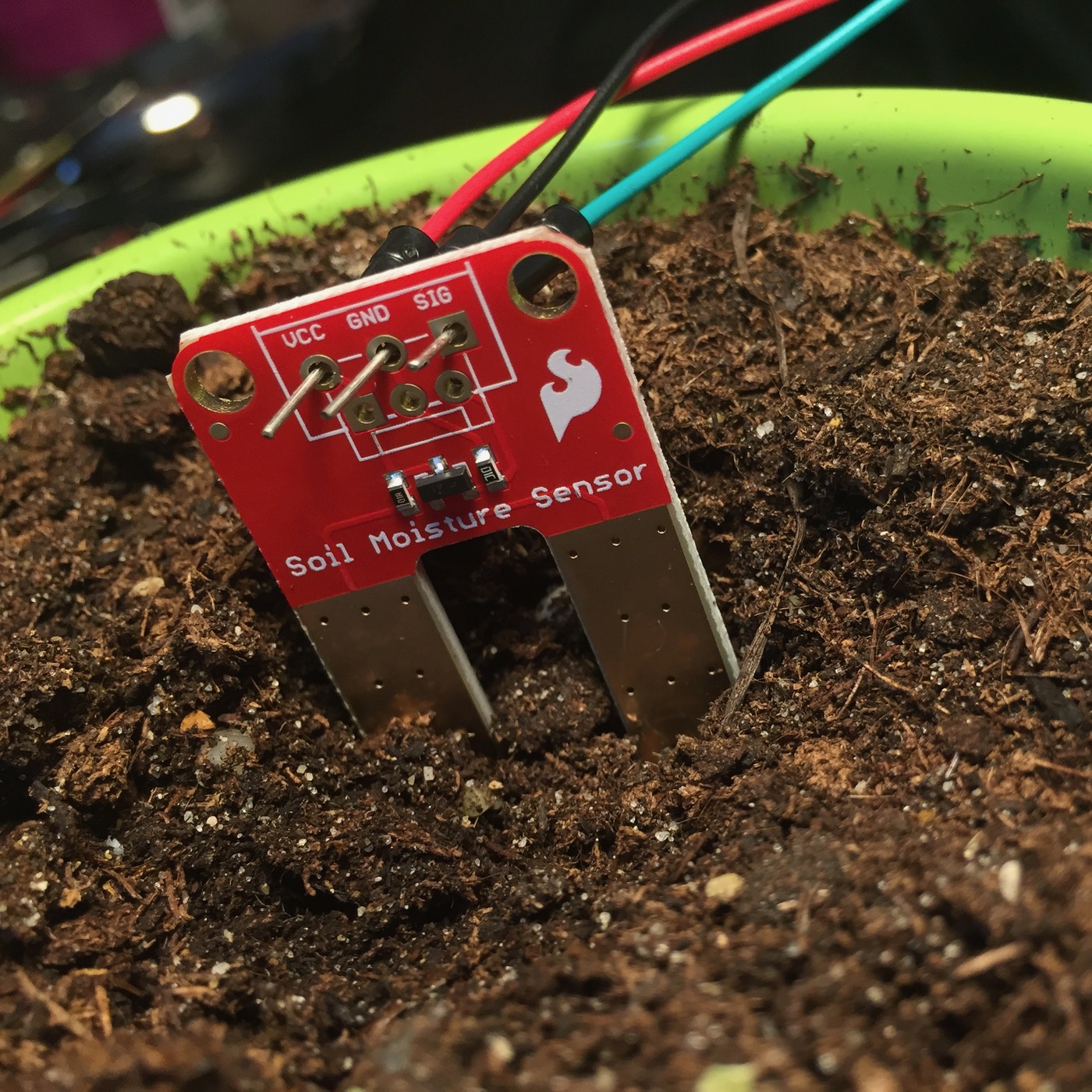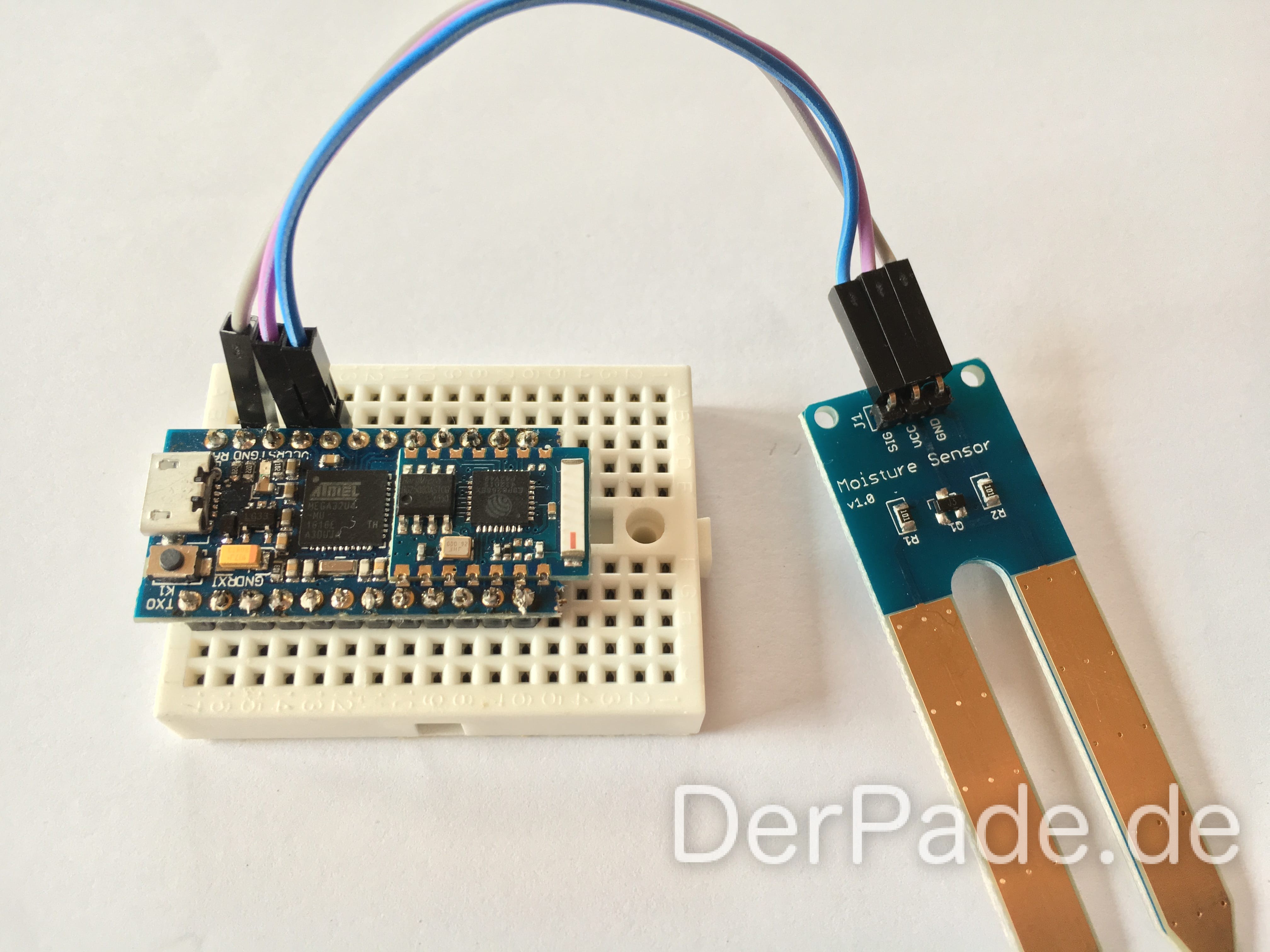

It’s worth noting that dissolved salts, etc affect soil moisture readings until you reach the 20-30MHz range. Older NE555 based probes run at 370khz but the V1.2 probes with the TLC555 run at a higher 1.5Mhz frequency with a 34% duty cycle. Gadget Reboot gives a good overview of how the basic configuration works, feeding the RC filtered 555 output into a simple peak detector. The output frequency is controlled by the time constant when charging/discharging C3 through R2/R3. Schematic before conversion: (regulator not shown). The reward can be substantial, with our low power RTC mod bringing $1 DS3231 modules from ~0.1 mA down to less than 3♚ sleep current – which is quite useful if you want to power the entire logger from a coin cell.Īnother easily modified board is the soil moisture probe I flagged in the electrical conductivity post: Once you go down that rabbit hole you discover a surprising number of those cheap boards can be improved with ‘other’ alterations. So we still use a lot of eBay modules – after removing the usual load of redundant pullups and those ubiquitous 662k regulators. Thing is, I keep running into the problem that in ‘prototype quantities’ the individual sub-components often cost more than complete modules with the reflow already done – and that’s before everything gets sand-bagged with shipping charges larger than the rest of the project combined.


Sparkfun boards usually have leaner trim, but with all the cheap PCB services available now I’m tempted to just roll my own. Legit suppliers like Adafruit do a much better job in that regard, but our project rarely uses their sensors because they are often festooned with regulators, level shifters, and other ‘user-friendly’ elements that push the sleep current out of our power budget. So it’s not unusual to find cheap IC sensor modules with cool features simply grounded out, because how many ‘duino users could config those registers anyway – right? I think that goes some way to explaining the number of crummy sensor modules in the hobbyist market: engineers probably assume that anyone playing in the Arduino sandbox can’t handle anything beyond analogRead().

There’s something of a cultural divide between the OpAmp/ 555 crowd and Arduino users. My first experiments with the pulsed output hack didn’t quite work due to probe polarization at low frequencies…but I’m still noodling with it. A $1.50 soil moisture sensor: ready to deploy.


 0 kommentar(er)
0 kommentar(er)
